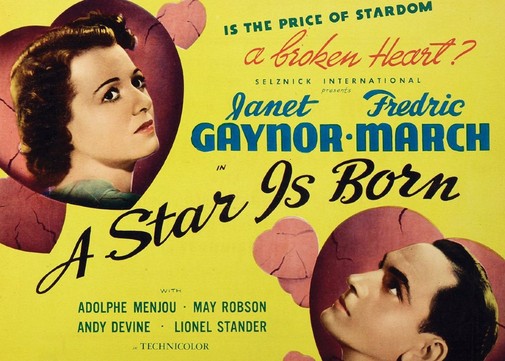As the next Supporting Actress Smackdown approaches, The Film Experience is celebrating the cinematic year of 1937. It was then that Hollywood consolidated its favorite myth about itself. While the story model had been making the rounds for ages, both in gossip and on-screen (check out What Price Hollywood?), William A. Wellman's A Star Is Born is the first movie of its name. The tale of Norman Maine and Vicky Lester, his downfall and her rise to fame, would be told three more times to great effect, but one should never forget the original. Not when the movie is this pristine, written to formidable effect by a team that included the legendary Dorothy Parker and performed with utmost conviction by Fredric March and Janet Gaynor…

The first all-color production nominated for the Best Picture Oscar is surprisingly dark, both in narrative and aesthetic. When one thinks of 1930s Technicolor, a glitzy spectacle is the first thing that comes to mind. However, in a gesture that preceded future developments of popular taste, Wellman and cinematographer W. Howard Greene use chromatic variation to signal the pursuit of realism. This A Star Is Born may not correspond to a contemporary conception of realistic cinema, though the context of 1937 Hollywood helps by providing contrast. In a cosmos of studio-bound froth obsessed with codifying the unreachable glamour of a faraway ideal, Wellman's picture shocks for its obsession with showing the shadows that coexist with the brightest lights of show business.
There's a sense of gloomy realism subsuming the sentimental imagery, a modicum of unexpected grittiness smudged on the face of a sad Hollywood fairytale. One thinks of the deep shadows encircling an unsentimental May Robson as she says goodbye to Gaynor. The picture's the glistening painting of a loving grandma seeing her granddaughter for what may be the last time (it's not), teary eyes hidden by the shadows of a cold black night. On another occasion, Norman's first moves on Esther are made sinister by the projected penumbra that his looming figure casts over her. Tweak the music a bit, and the scene becomes about menace than blossoming romance. That being said, it takes time for the two lovers to cross paths, much more than in the remakes.
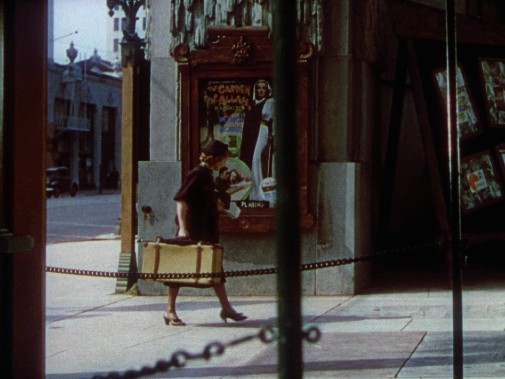
We may hear about the leading man early in the picture, but 20 minutes go by before we ever lay eyes on Fredric March. In these first passages, we follow Esther's early ventures into the entertainment world, her disappointments and small contentments. Rather than meeting her as a professional whose dreams of stardom have survived meager exposure, we see her first in a dark snowy cabin, a movie fan far away from the dream factory. It's the kindness of that self-sacrificing grandmother that grants her the ticket to California, a journey that takes her from chilly barrenness to metropolitan swelter. The shadows follow her along, paradoxically intensified by the West Coast sun.
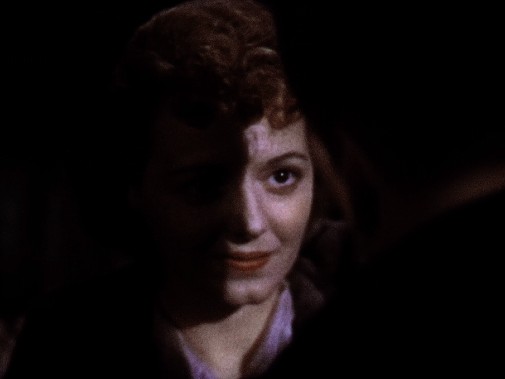
Throughout this, even as she plays how every dashed hope is cut off from her soul like a necrotic limb, Janet Gaynor lends open luminosity to Esther. Indeed, the first Best Actress champion in Oscar history is surprisingly delicate at conveying devastation, keeping a soft touch even as her character despairs over the grindingly slow start of her Hollywood odyssey. Her feeble celebrity impressions are hilarious failures, like a bad Marion Davies routine. She's a star without stardom, a leading lady bereft of the spotlight or the magnetism needed to hold it in place. And yet, we always feel as if she has something big in her future. Part of it is, again, the cinematography, which reflects the leading lady's insouciant grace.
Despite the ersatz brightness of the backlot sets, Hollywood is portrayed as a rather gloomy environment. Even the cinemas and music halls are dark places, full of people dressed in drab browns and cold grays. Such harshly lit gloom makes Esther stand out, both as a beacon of innocence and a chromatic variation. Gaynor's round face and red hair make it impossible for her not to be the gravitational center of every composition. On the other hand, March is a continuation of the gloom, always ready to fall off frame into the featureless blacks of dim corners. He's always on the edge of oblivion. Their way of inhabiting the screen, their energies, is so antithetical they feel complimentary, one providing what the other lacks. She's the Technicolor pop to his chiaroscuro depths.
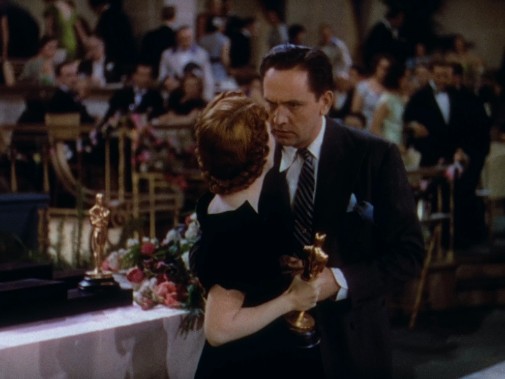
That's never more obvious than in the famous Oscar scene when Esther wins but has the moment stolen by her drunken husband. The shocking slap is disconcerting here, maybe more so than in any other version, not because of how scandalous and humiliating it is, but for how sorry Norman instantly feels. The horror that flashes across March's petulant mask is even more painful to behold than Gaynor's controlled stoicism. Both actors capture that lacerating dynamic by which one tries to pretend everything is alright for the sake of their loved ones. There's playacting involved, desperate lightheartedness, and a woeful plight for laughs, anything that will keep the other from suffering. In the end, though, the effort is futile.
Speaking of Oscars and this first A Star Is Born, no matter how much I admire Gaynor, she's far from the top of that particular Best Actress roster. March, on the contrary, should have sued the Academy for the highway robbery that happened at the 1937 Oscars. How he lost to Spencer Tracy's disastrously accented stint in Captains Courageous is beyond me. Maybe it comes down to how ugly and insidious Norman is, how charmless his drunken seduction remains even as the jig seems to work on Esther. March's perfectly calibrated work is like the implosion of a star vehicle, starting with a presumption of silver screen success and then exploding it open at every opportunity.
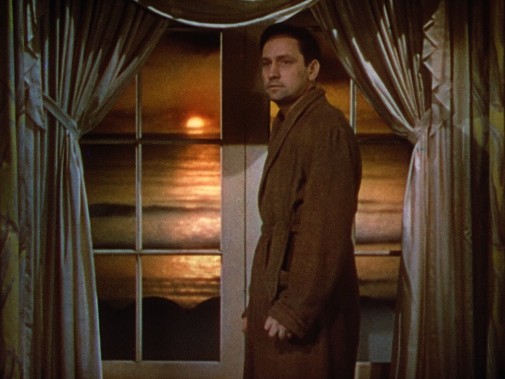
Only at his lowest does March's Norman become easy to watch, a morbid revelation that makes his end more bittersweet than tragic. When making his fateful decision, one gets the sense that he feels peace, maybe for the first time in a long while. He's excellent, as is the movie. However, I can't say it's my favorite A Star Is Born like I can state that his take on Norman is my predilect. Wellman's picture is the least indulgent of the present quarter, the most structurally disciplined, but there's something perversely fulfilling about the mountainous ambitions of its musical successors. For me, the 1954 remake is pretty unbeatable, but the scale might be unjustly tipped by my undying love for Garland's bruising tour de force. What's your favorite iteration of A Star Is Born?
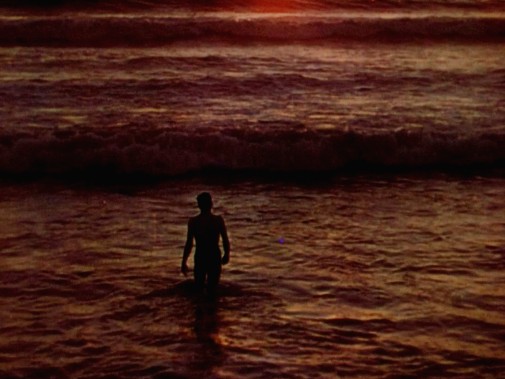
The 1937 version of A Star Is Born is available to stream on Roku, Hoopla, and many other services. You can also rent it on various platforms.
